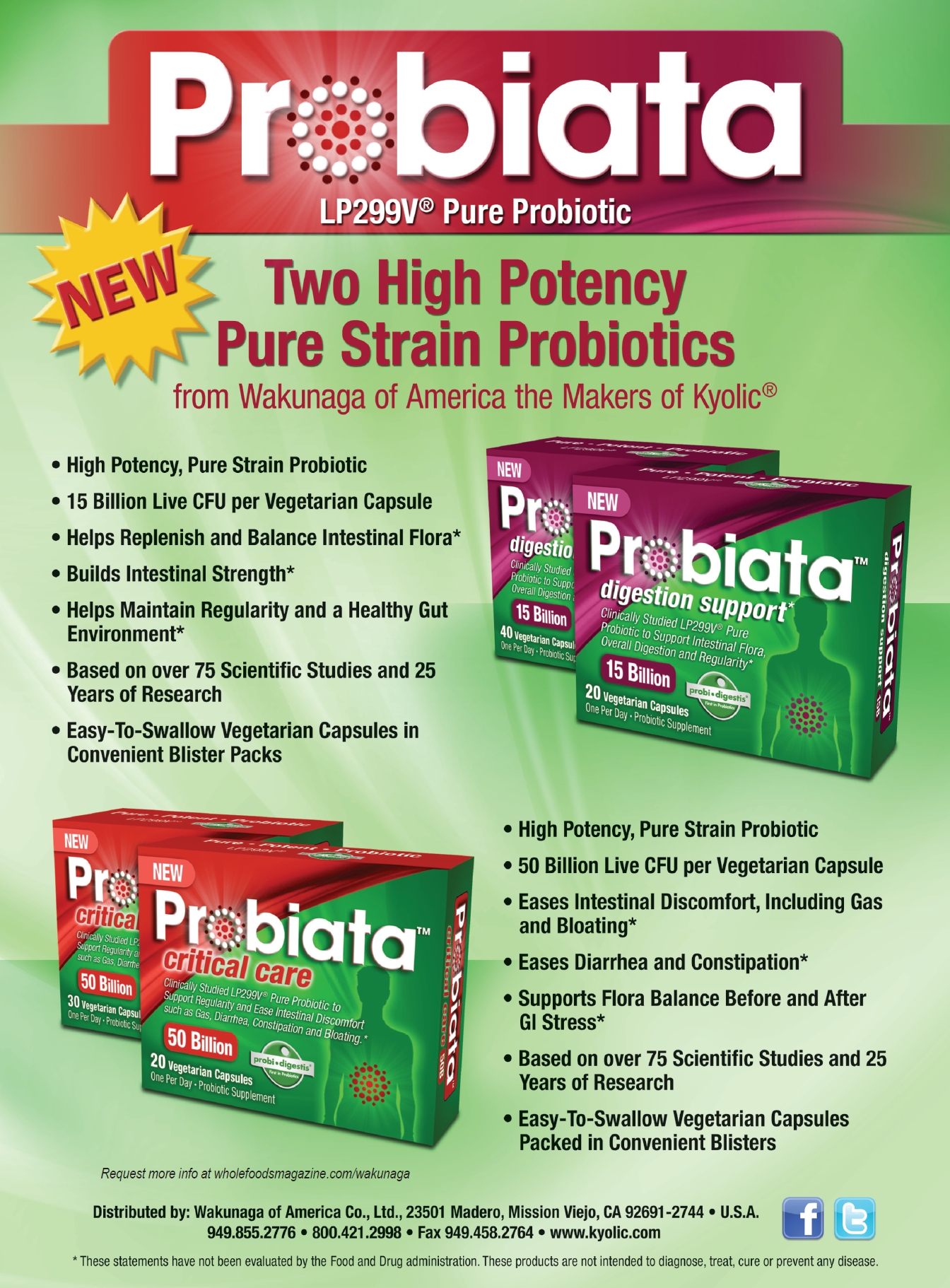But, why? Spend an hour with a five-year-old child and you’re bound to hear this question four or five times, at least.
But, why? (Sorry…had to do it!)
Kids crave information as they try to make sense of the world around them. Everything is fresh and new and interesting, and we often need to fill in the holes to help give them everything they need.
It’s like nutrition, in a way. Just as information may come from a variety of sources—books, teachers, parents, friends—kids often need to fuel their bodies in more than one way to make a complete picture. That includes healthy meals, nutrient-dense snacks and high-quality multivitamins.
But, why? Why is it so difficult to convince some people that multivitamins are a worthwhile part of the kids’ health package?
 Blinders
Blinders
The writer of “Most Kids Don’t Need Multivitamins,” on the Consumer Reports website is definitely in the “No Multis” camp—and I wanted to pull out my hair as I read her argument! She says kids—even picky eaters—can get all the nutrition they need from food. She adds that multivitamin makers are simply playing on an unfounded fear that kids are missing important nutrients from their meals. The end message: there’s no evidence that multivitamins are necessary.
Really? There’s so much wrong with these assumptions that it’s hard to know where to begin. We could talk about how RDAs are set pretty low in many cases and “getting enough” by their measure may still not be adequate. Or, we could talk about how few kids are really eating foods nutritious enough to cover all the bases. Or, we could talk about how there are plenty of studies out there supporting vitamin D, magnesium, vitamin C and other key multivitamin ingredients, if one were to open their eyes and look.
Rather than putting blinders on kids about their nutritional options, why not let them see the complete picture?
Fill Them In
One amazing Virginia grammar school is trying to support healthy weights in kids with transparency as a key strategy. The cafeteria kitchen has extra storage space for fresh fruits and vegetables, salad bars are prominently placed at check out and healthy meal options are placed at eye level. What I love most is their open kitchen so kids can watch their food being prepared. They also have a food lab so kids can learn about and experiment with food.
To me, this is a fantastic strategy for food education, and one others can learn from.
I can’t say for sure why the Consumer Reports writer and others aren’t sold on supplements, but maybe it’s an issue of “seeing is believing.” Nutrition is sort of a slow process. You may not see the detriments of a poor diet until years down the road. And you certainly won’t feel the benefits of taking a multi an hour later. So perhaps it’s a tough sell to skeptics on that front.
But on the simple matter of what multis do (create a baseline of nutritional support and fill gaps), why not make use of the nutritional insurance policy?
Why not give kids the best chance at having everything they need to paint a complete picture of good health?
Why assume that a diet is “good enough” when you can absolutely know your choices are properly serving a child?
To me, it’s a no-brainer and the benefits of good nutrition during childhood are well worth the wait to see the full effects down the road. WF
Kaylynn Chiarello-Ebner
Editor/Associate Publisher
Published in WholeFoods Magazine, October 2015










